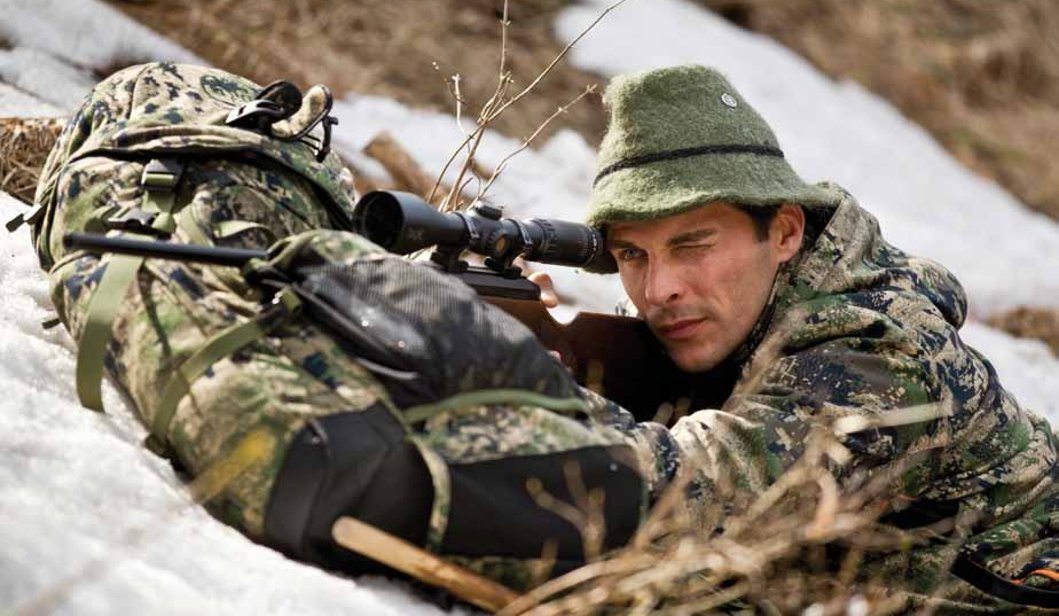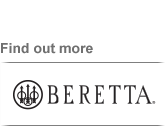W.L. Gore & Associates, a leading manufacturer of advanced technology products including GORE-TEX® branded products, announced at the 2012 edition of SHOT Show jointly with the Italian Beretta Holding S.p.A. company that this yearʼs Beretta gear will feature thethird science-based OPTIFADE pattern.
The development of the OPTIFADE pattern was first announced by GORE-TEX in 2008, and the first Beretta outfit to feature it was released in 2010. OPTIFADE is the first-ever concealment pattern based on how prey sees its predators. Created with the assistance of experts in camouflage and animal vision, the new pattern accounts for the animalsʼ visual capacity as well as the engagement distances and angles of the huntersʼ attack.
All OPTIFADE patterns incorporate a micro pattern and a macro pattern. The micro pattern helps the hunter blend with his environment, while the macro pattern disrupts the symmetry of the human form so that the animal does not recognize the hunter as a predator.
The first two patterns were optimized for hunting deer and other ungulates (hoofed animals) in open country and forest environments. The 2012 new OPTIFADE Marsh pattern is the first to be optimized for hunting waterfowl.
To develop the Waterfowl Pattern, Gore worked with the same panel of experts who helped create the original OPTIFADE pattern: animal vision scientist Dr. Jay Neitz; Retired Army Lieutenant Colonel Tim OʼNeill, PhD; and founder and CEO of HyperStealth® Bio Technology Corp. Guy Cramer.
Like the other patterns, the OPTIFADE Marsh pattern is digital concealment, not mimicry. Rather than trying to make the hunter look like something, the pattern’s intent is to make the hunter appear to be “nothing” to the animal.
Specifically, the pattern takes into account how ducks, geese and other waterfowl see: waterfowl have a large, almost panoramic, field of vision, and their visual acuity is very good for an animal, though not superior to human acuity. However, they have low contrast sensitivity – an inability to see “edges” very clearly – and relatively poor depth perception. Plus, waterfowl have a fourth photo-receptor that allows them to see some colors that humans cannot see.
Because birds are particularly sensitive to color and continuity with the surroundings the OPTIFADE Marsh micro pattern is critically important and is as detailed as possible to confuse bird vision. The colors, in particular, have been manipulated to create a great deal of depth.
In addition to considering the animals’ vision, the pattern also takes into account engagement distance and positioning of the animal in relation to the hunter. While most patterns are designed as though the bird is on the ground looking at the hunter, the OPTIFADE pattern takes into account that the birds are usually above the hunter in flight, and are in constant motion.
Waterfowl hunting is done in a high contrast environment. Skylight from the horizon, or light reflected from the water surface will shine through gaps in rushes creating concentrated light spots. The OPTIFADE Marsh pattern is high contrast to be consistent with the environment, and includes elements that are light in color and elements that are darker in color.
Because birds are overhead and in motion, and not viewing the hunter horizontally, the macro pattern in OPTIFADE Marsh is more vertical than it is in patterns designed for ground prey.



